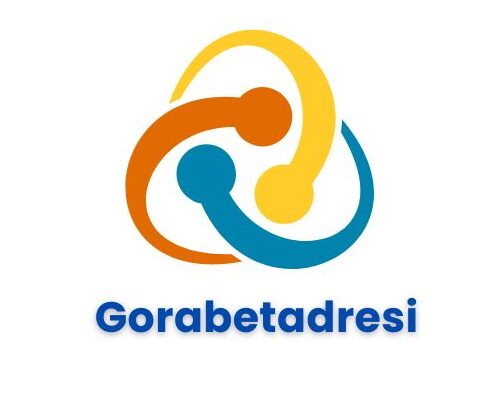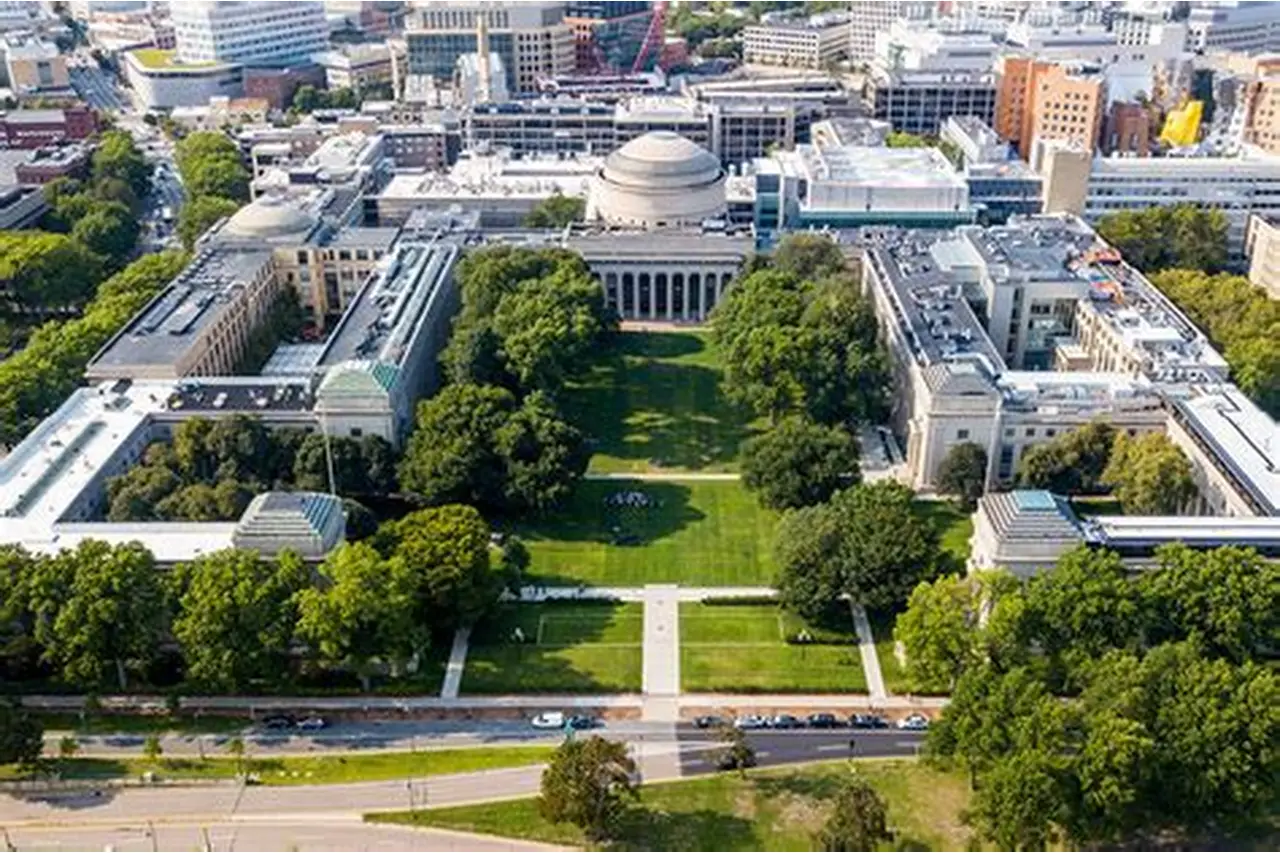The Massachusetts Institute of Technology (MIT) is one of the world’s most prestigious institutions for science, engineering, and technology. Founded in 1861, MIT has consistently ranked among the top universities globally, known for its cutting-edge research, innovative teaching methods, and contributions to technological advancements.
Located in Cambridge, Massachusetts, MIT fosters a culture of creativity, problem-solving, and interdisciplinary collaboration. Its alumni and faculty include Nobel laureates, Turing Award winners, and astronauts, making it a hub for intellectual excellence.
In this comprehensive guide, we’ll explore MIT’s history, academic programs, research initiatives, campus life, and notable alumni.
History of MIT
MIT was established in 1861 by William Barton Rogers, a visionary scientist who believed in combining scientific research with practical applications. The institute officially opened in 1865 amid the Civil War, with a mission to advance knowledge in science and engineering to benefit society.
Key Historical Milestones:
-
1861: MIT founded under the Morrill Land-Grant Act.
-
1916: Relocated from Boston to Cambridge.
-
1930s-1940s: Played a crucial role in World War II research (Radiation Laboratory, Manhattan Project contributions).
-
1950s-1960s: Emerged as a leader in computer science and artificial intelligence.
-
2000s-Present: Continues to pioneer advancements in biotechnology, robotics, and sustainable energy.
MIT’s motto, “Mens et Manus” (Mind and Hand), reflects its commitment to blending theoretical knowledge with practical implementation.
Academic Programs at MIT
MIT offers a wide range of undergraduate, graduate, and doctoral programs across five schools and one college:
1. School of Engineering
-
Aerospace Engineering
-
Electrical Engineering & Computer Science (EECS)
-
Mechanical Engineering
-
Chemical Engineering
2. School of Science
-
Physics
-
Chemistry
-
Biology
-
Mathematics
3. School of Architecture and Planning
-
Urban Studies & Planning
-
Media Arts & Sciences
4. Sloan School of Management
-
MBA Programs
-
Business Analytics
-
Finance
5. School of Humanities, Arts, and Social Sciences
-
Economics
-
Political Science
-
Linguistics
6. MIT Schwarzman College of Computing
-
Artificial Intelligence
-
Data Science
-
Cybersecurity
MIT’s curriculum emphasizes hands-on learning, research, and innovation, with programs like Undergraduate Research Opportunities Program (UROP) allowing students to work alongside faculty on groundbreaking projects.
Research and Innovation at MIT
MIT is a global leader in research, with breakthroughs in:
1. Artificial Intelligence & Robotics
-
MIT Computer Science and Artificial Intelligence Laboratory (CSAIL) develops AI, machine learning, and robotics technologies.
-
Boston Dynamics, a robotics company, originated from MIT research.
2. Biotechnology & Health Sciences
-
Broad Institute of MIT and Harvard pioneers genomics and biomedical research.
-
Development of mRNA vaccine technology, which contributed to COVID-19 vaccines.
3. Sustainable Energy & Climate Solutions
-
MIT Energy Initiative focuses on renewable energy, carbon capture, and climate change mitigation.
-
Nuclear fusion research at the Plasma Science and Fusion Center.
4. Space Exploration & Aerospace
-
Collaboration with NASA on space missions.
-
Development of CubeSats and advanced propulsion systems.
MIT’s research funding exceeds $800 million annually, with partnerships with industry leaders like Google, IBM, and Pfizer.
MIT Campus and Student Life
MIT’s 168-acre campus in Cambridge features state-of-the-art facilities, including:
1. Iconic Buildings
-
Great Dome (Building 10): A symbol of MIT.
-
Stata Center: Designed by Frank Gehry, housing CSAIL.
-
Media Lab: A hub for digital innovation.
2. Student Organizations & Activities
-
Hackathons (MIT Hack) and maker spaces like MIT MakerWorkshop.
-
Over 500 student clubs, including robotics teams, entrepreneurship groups, and cultural organizations.
3. Housing & Community
-
Undergraduate dormitories like Baker House and Simmons Hall.
-
Graduate residences with vibrant international communities.
MIT fosters a collaborative yet competitive environment, encouraging students to push boundaries.
Notable MIT Alumni
MIT alumni have made significant contributions across various fields:
Science & Technology
-
Kofi Annan (Former UN Secretary-General)
-
Buzz Aldrin (NASA Astronaut, Apollo 11)
-
Richard Feynman (Nobel Prize-winning Physicist)
Business & Entrepreneurship
-
Drew Houston (Co-founder of Dropbox)
-
Amar Bose (Founder of Bose Corporation)
Politics & Economics
-
Ben Bernanke (Former Federal Reserve Chairman)
-
Angela Merkel (Former German Chancellor, Physics PhD from MIT)
MIT’s alumni network is a powerful global community, offering mentorship and career opportunities.
MIT Admissions: How to Get In
MIT is highly selective, with an acceptance rate of around 4%. Key admission factors include:
1. Academic Excellence
-
Strong GPA (especially in STEM subjects).
-
High SAT/ACT scores (typically 1500+ SAT or 34+ ACT).
2. Extracurricular Achievements
-
Participation in science fairs, Olympiads, or research projects.
-
Leadership in clubs or community initiatives.
3. Essays & Interviews
-
Personal essays showcasing creativity and problem-solving skills.
-
Optional interviews with MIT alumni.
MIT practices holistic admissions, valuing passion, curiosity, and impact over just grades.
MIT Rankings & Global Reputation
MIT consistently ranks among the top universities worldwide:
-
#1 in QS World University Rankings (2024)
-
#2 in Times Higher Education (2024)
-
#1 for Engineering & Technology (US News)
Its reputation for innovation, research output, and industry collaboration makes it a dream destination for aspiring scientists and engineers.
Conclusion: Why MIT Stands Out
MIT’s legacy of innovation, academic rigor, and real-world impact sets it apart. From pioneering AI research to fostering entrepreneurial mindsets, MIT continues to shape the future of technology and science.
Whether you’re a prospective student, researcher, or tech enthusiast, MIT represents the pinnacle of intellectual achievement.











